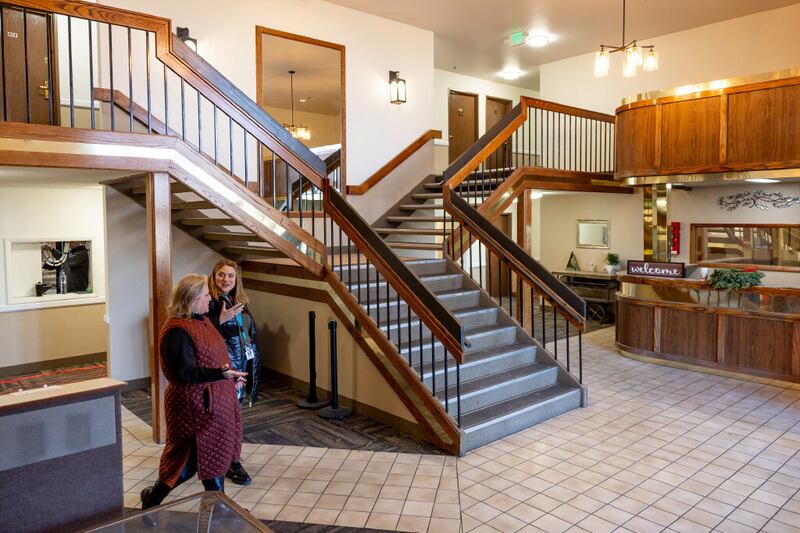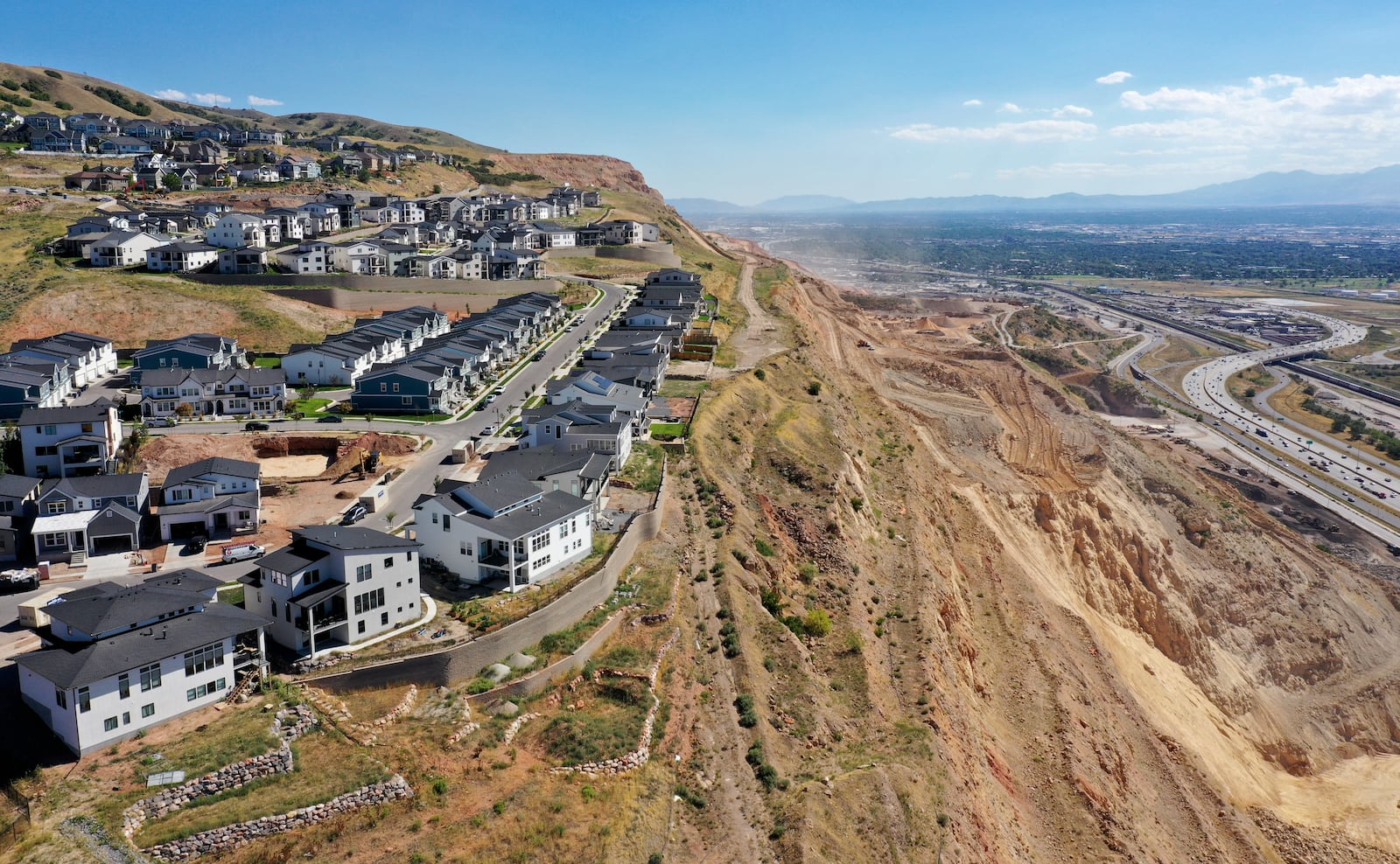This story appears in the March issue of Utah Business. Subscribe here.
According to the state of Utah’s annual report, 2022 had a record number of Utahns experiencing homelessness. The report points to rising living costs and lack of accessible and affordable housing as primary causes of increased displacement. The private and government sectors have new projects they hope can work together to combat the crisis.
Utah First Homes
At the end of 2023, Gov. Spencer Cox and Lt. Gov. Deidre Henderson announced plans to fund a starter home program, dubbed “Utah First Homes,” for the FY25 budget. If the legislature approves the $150 million price tag, 35,000 new starter homes will be constructed by 2028.
Starter homes are smaller, less expensive homes lived in for a few years. The target homebuyers are often young families in the process of saving for a long-term home.
Steve Waldrip, the newly appointed senior advisor for Housing Strategy and Innovation, says there are already 40,000 Utahns who fit this description.
“We have a generation that is missing the opportunity to build wealth through homeownership and equity,” he says. “It’s pretty frightening. In 40 years, we could have a huge group of folks who end their productive work years with very little in the way of assets to fall back on.”
But it goes deeper than the price of housing. Even those with money saved can’t find a place to live.
“We’re in a housing deficit,” he says. “Every year, we’ve fallen behind by 7,000 to 10,000 units. We had to find a way to increase housing production, or we’d only continue to get further and further behind.”
The solution, he says, is increasing density across the state.
“We want to build starter homes near job centers,” he says. “People may immediately think of Salt Lake City, which is true—many people commute across the valley to work here. But Park City, Gunnison, Delta and Moab are all poster children for critical housing shortages. We need to build everywhere.”
Despite the ever-growing need, Waldrip says similar proposals faced severe backlash in the past.
“From experience, it feels like Utah has one of the worst cases of NIMBYism,” he says. “We’re anticipating many challenges related to that.”
“Not In My Backyard,” or the NIMBY movement, opposes new developments in neighborhoods, particularly low-income housing. Waldrip says an awareness campaign is in the works to try to turn public opinion.
“Homeownership benefits everyone in the community,” he says. “It increases community engagement, which then increases volunteerism. Teen pregnancy rates decrease, and graduation rates increase—people do not realize that social and community health is tied directly to home ownership.”
Realtors, builders and developers, however, have already bought into Utah First Homes.
“The governor’s plan incentivized cities to come to the table with infrastructure funding,” he says. “The other players are similarly incentivized by the opportunity to construct in previously limited areas—as long as 60 percent of builds are these starter homes, they’ve unlocked new development regions.”
When you look at the whole picture, Waldrip says Utah First Homes is necessary.
“I’m the biggest doom and gloom person on housing,” he says. “But I think we have the momentum to do hard things and solve this problem.”

Medically Vulnerable People (MVP) Interim Housing Program
For some, home ownership isn’t the immediate need; home health care is.
That’s the role the MVP Program Facility hopes to play. The motel-turned-interim housing facility in Sandy, Utah, provides what Associate Deputy Mayor Katherine Fife calls “a continuum of care.”
“We’re seeing unprecedented need for shelter among people who are living on a fixed income,” she says. “Our aging population is being priced out, on top of facing complicated medical concerns—cancer diagnoses, complications with diabetes, recovering from surgery. These people need privacy, stability and onsite health care, which isn’t an option in traditional shelters.”
Through a partnership with Fourth Street Clinic, nurses, therapists and other health care professionals are available five days a week. The clinic also coordinates referrals required to use the facility, which is in high demand even weeks after opening.
“We hope to expand care as the program ramps up and grows,” says Janida Emerson, CEO of the Fourth Street Clinic. “In addition to staff in the facility, we also have a mobile medical clinic with three exam rooms that we bring once a week to provide primary care.”
The facility also coordinates with The Road Home, which serves the facility’s goal to eventually transition individuals into standard housing.
“Residents are eligible to be here for up to two years,” Emerson says. “But regardless of how long an individual is here, we will make sure medical services are available to them.”
The idea for the MVP program came from Salt Lake County’s pandemic response.
“I was involved in deciding how we were going to support those experiencing homelessness,” Fife says. “Unhoused people couldn’t ‘stay home, stay safe,’ so we created a hotel for those in this group who would be most at-risk if exposed to COVID-19—seniors and those with medical complications.”
The hotel was a huge success; Fife calls it a “proof of concept” for what became the MVP program.
“A housing and health care pairing of this nature hasn’t existed for two reasons,” she says. “The first is funding. But the second is something bigger—we knew this was an issue, but we didn’t really know. I think because these people were not right in front of everyone’s faces, we couldn’t understand how much help was needed. Now we do.”
Currently, the facility can accommodate 165 people. While Fife recognizes the positive impact of those beds, she says the need is exponential.
“Through this program, we’re making room in our current resource centers for those without these conditions,” she says. “But it’s not enough. We’re hoping that the success of this facility will inspire more groups to fund their own.”

